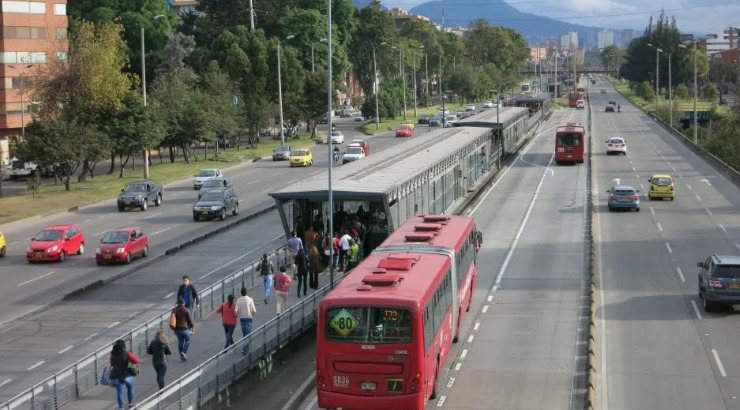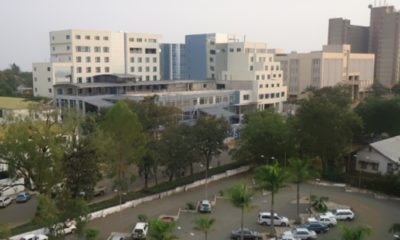Infrastructure
Nairobi Eyes Colombia BRT Model to Tackle Traffic Jam
Nairobi has discarded the Dar es Salaam model that has been found wanting.

Nairobi urban planners have agreed to adopt the globally acclaimed Bogota bus rapid transit system in a move that will result in construction of special lanes for high-capacity buses to tackle traffic congestion in the Kenyan capital.
According to the Nairobi Metropolitan Area Transport Authority (Namata), the adoption of Bogota’s TransMilenio transit system – which has revolutionised mass transit in the Colombian capital – means Nairobi has discarded the Dar es Salaam model.
“We are working with the Bogota model which is advanced and better timed than Dar es Salaam is,” says Namata chief executive James Ng’ang’a.
The move follows a recent tour of the Dar es Salaam bus rapid transit system, which noted several flaws such as delays in bus arrivals and departures as well as a poor link between roads and commuter rail stations.
Unlike the Dar es Salaam BRT system, the Bogota TransMilenio transit system – which serves 2.4 million commuters daily – consists of several interconnected BRT lines with raised floor stations in the centre of the main avenue. The stations are access via a bridge over the street.
Four inner lanes are set aside for local and express bus traffic. Local buses stop at every station to pick and drop passengers while express buses use outer lanes to bypass the stopped buses.
READ: Special bus lanes beckon as Nairobi tackles traffic congestion
Namata has already mapped out five roads that will have the special lanes for high capacity buses, including Mombasa Road, Thika Road, Outer Ring Road, and Jogoo Road.
“There will be feeder stations along the Nairobi bus rapid transit corridors that ordinary matatus will drop off commuters from estates for them to be picked by large buses on the special lanes to Nairobi town,” said Mr Nganga.
A growing number of cities around the world are increasingly turning to the Bogota TransMilenio rapid transit system to improve their public transport networks.
Victim of its own success
TransMilenio, which opened in December 2000, is the largest BRT system in the world. It is, in essence, a bus system masquerading as a subway.
Covering 113 kilometres with a fleet of more than 2,000 buses, TransMilenio counts 12 lines and some 147 self-contained stations that keep things orderly and safe.
The Bogota BRT system, however, has a dark side that Nairobi bosses should consider. The system has recently become a victim of its own success – with an 86 per cent disapproval rating from users.
RELATED: ‘Team Europe’ to Build Sh47bn Green BRT in Nairobi
Alleged bad quality of service has habitually triggered user strikes with commuters blocking the dedicated road used by the buses – at times jamming the entire system.
Commuters, non-governmental organisations, and the media describe the TransMilenio as a system suffering from overcrowding, insecurity, and provision of bad customer service.
During rush hours, most of the bus stations are so crowded that people cannot get off the buses – leading to lengthy traffic delays.












